By Steven Zaitz
The Tiger Title Train rolls on — and it is making stops all over Long Island.
On a day that would be considered incredible even by Northport Athletic standards, both the boys and girls lacrosse teams captured Long Island Class A Championships June 19 and together sit atop the Long Island lacrosse universe.
The boys beat Syosset, 11-10, at East Islip, in a match that was as hotly contested as the scorching artificial turf beneath the players’ feet. The raucous crowd, half dressed in red and the other half blue, was deafening from the opening whistle, reacting boisterously to every save, turnover and goal.
The Lady Tigers traveled to Bethpage to take on Massapequa and won in rather casual yet dominating fashion by a 10-6 score. It wasn’t even that close.
The win capped a perfect 19-0 season for the #1 seeded Lady Tigers, who now have two straight Long Island crowns in their trophy case, to go with a New York State title the last time that tournament was played in 2019.
The boys, who floundered around in the beginning of the 2021 season, earned it the hard way with a third seed. They beat perennial top teams Smithtown West and Ward Melville, the latter of which had won the past four county titles. The win against Syosset on Saturday was the Tigers 13th straight.
Tyler Kuprianchick, whose primary function is to take faceoffs, won the James C. Metzger Most Valuable Player Award for the Syosset L.I. title game. He won 65% of his faceoffs during the bracket and over 80% for the year. He also chipped in offensively with a goal on Saturday.
“It’s a blessing to get the M.V.P. of this game, especially because it was for the championship of all of Long Island. It’s so special,” said the fresh-faced Kuprianchick. “My teammates and my coaches have pushed me to be the player I am today.”
He was also pushed by Syosset midfielder Luca Cutolo, but in not such a nurturing manner. In fact, Kuprianchick had to go to the hospital after receiving his M.V.P trophy with a split tongue due to Cutolo’s hit.
“I had to get three stitches in my tongue but winning the Long Island Championship today made it all worth it,” Kuprianchick said. “One hundred percent!”
“Tyler works so hard at his craft and I’m so happy for him,” said Northport Head Coach Larry Cerasi. “He does all those things when nobody is watching, to be the best at what he does – and he is.”
Cerasi, who is in his first year as varsity head coach and took over for longtime coach George Searing, is not looking ahead to what he and his Tigers might do for an encore. Not yet.
“I’m just going to enjoy this moment,” Cerasi said. “I’m really, really proud of this team because we didn’t start the season off too well, but we obviously turned it up as the year progressed to play at this high level.”
Goaltender Andrew Tittmann, who is considered the vocal leader of the team, was spectacular in net for the entire playoffs. He made many difficult, point-blank saves and was aggressive around the crease by shooing away pesky attackers, smartly cutting off angles and making pinpoint outlet passes.
“As a goalie, I see the field in front of me and have the chance to focus on all the matchups,” Tittmann said. “It’s one of my jobs to keep everybody involved, make sure everybody is talking and know what they need to do. Communication is so important in this game, and it brings everyone, offense and defense, closer as a team.”
The Tigers built a 7-4 lead in the first quarter with a dizzying display of offense by both teams.
Midfielder Tristan Triolo opened the scoring for the Tigers four minutes in. Michael Meyer had his customary multiple goal game and Ryan McCarthy, Tim Kirchner and Casey Fortunato helped to build this lead with goals of their own.
But Syosset would not go away. In fact, they would score five of the next six goals, bridging the second and third quarter, to take a one goal lead at 9-8 — the final one in that stretch by Syosset Brave Danny Garone, who had a hat trick on the day.
Despite the heat and fatigue from playing three games in five days, the Tigers had an answer to this.
Jack Helrigel tied the score almost immediately after Garone’s goal. Triolo and Emerson Payne, a defensive midfielder, each scored in the fourth giving Northport a two-goal lead. Payne’s goal was far from pain-free as he lay on the baking turf for close to three minutes after a vicious stick check, again by Cutolo.
“I was running at full speed and so was their defender and he hit me a little high,” Payne said. “I took my shot on goal and didn’t even know the ball went in. When my guys came over to celebrate, I thought they were coming to help me up. But I saw the goalie getting the ball out of the net and I realized that I had scored.”
It was only Payne’s second goal of the year, but what a big one it was. It would be the final goal of a long and ultra-successful season for the Northport Tigers, following up another team that knows a lot about ultra-success — their Lady Tiger counterparts.
Earlier that morning, in a somewhat sleepier setting across county lines in Bethpage, the 18-0 Lady Tigers took on the happy-to be-here Massapequa Chiefs and their less than shiny 6-10 regular season record. It showed, as Northport breezed to a 5-1 lead midway through the second quarter.
“I felt like we controlled the whole game,” head coach Carol Rainson-Rose said. “We went out and got a good lead which helped our confidence.”
Confidence was not in short supply for superstar attackers Kaylie Mackiweicz and Shannon Smith, both juniors. Mackiweicz had four goals and Smith had two, along with a gorgeous assist when she hit Mackiweicz with a perfect lead pass from behind the net.
“We were working well together out there today as an entire unit,” Smith said. “We really practice finding the open person and Kaylie was able to finish on that play, which she usually does.”
Smith is not kidding. Mackiweicz finished with a ridiculous 66 goals for the year, including playoffs, averaging three and a half a game. She credits Rose for putting herself, and the team, in the best position to win.
“Coach Rose is a master of making the right adjustments,” Mackiweicz said. “She pushes you to be the best you can be, and nobody knows this game as well as she does.”
The proof is in the numbers — as well as the trophies. This is Rainson-Rose’s second Long Island Class A title in a row. She won her 13th Suffolk County crown when the Lady Tigers beat Smithtown East last Wednesday, and she is the runaway favorite to win her fourth Long Island Coach of the Year when that is announced — and oh yeah, her team has won 35 games in a row, dating back to 2019.
Isabella Germani had a pair of goals, and Emma Demarco and Emma McLam each had one. Tara Walsh had three assists and Midfielder Ella Cabrera patrolled the field from end to end, which maintained the Lady Tigers territorial advantage for most of the contest.
Massapequa showed signs of mustering an uprising with a goal midway through the second half to cut Northport’s lead to 8-5. But Lady Tiger Goaltender Megan Morris made some key stops and got a little help when the Chiefs had a goal wiped off the board, as there was a player illegally in Morris’s crease.
That would have cut the lead to two with about ten minutes to go. But it stayed at three and became four when Smith scored minutes later. At that point, the rest of the game was a countdown to Rose’s Gatorade shower — which her players were only too happy to administer. It is Rainson-Rose’s ninth Long Island Championship at Northport.
After the win, the newly-crowned Lady Tigers raced over to East Islip to cheer on the boys team. Northport athletes from all different sports have been cheering for each other during this playoff-packed month of June, and Coach Cerasi feels very strongly that the support from the other teams, especially the Lady Tigers, helped push his squad to victory.
“Northport Lacrosse is like a family,” Cerasi said. “After they won, Coach Rose took her team straight to our game to support us. When our boys saw the girls team walk into the bleachers with their uniforms still on, and with their trophy, they got so motivated to follow suit — follow what the girls had done. It was a very special moment and it’s great that both teams are so genuinely proud of what the other was able to accomplish.”
Many other Northport athletes were there to support their classmates in other sports throughout this playoff run and it seems to be part of the D.N.A. of what makes Northport’s athletic achievements so noteworthy.
During this new era of COVID-driven alterations and concessions, the boys basketball team won Suffolk County, the football team won League III, the field hockey team won the Long Island championship, and the boys badminton team won the Suffolk County Championship. All of this winning in a four-month span.
The list goes on with the 2021 successes of both cross-country teams, baseball, softball, wrestling, soccer, volleyball and girls basketball all having successful post-season runs for the White, Blue and Gold.
But it was the Northport Lacrosse program, on a memorable Saturday in June, that put the two final cherries on the Tigers’ championship sundae.



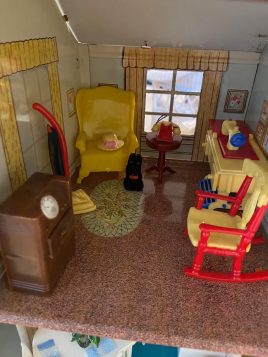





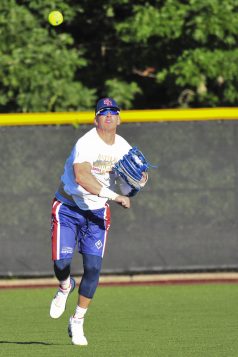
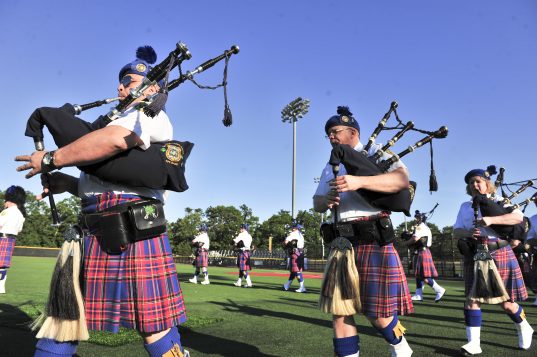
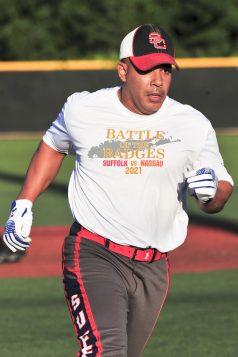

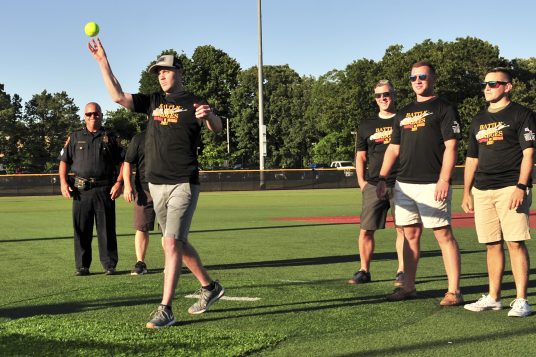
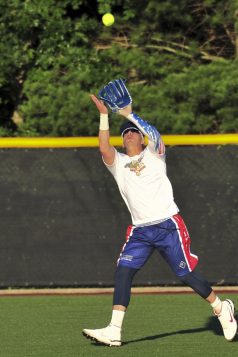

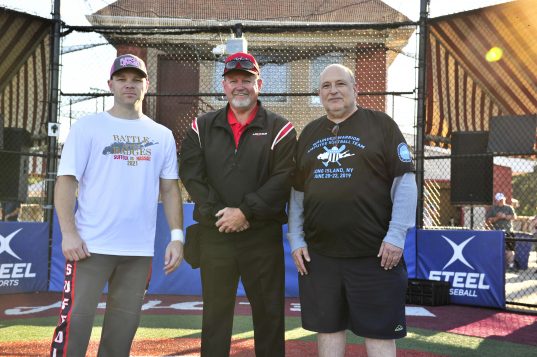
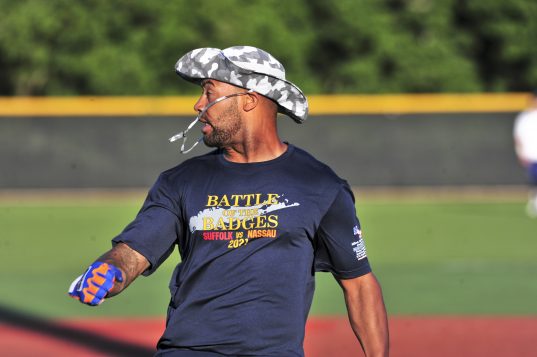

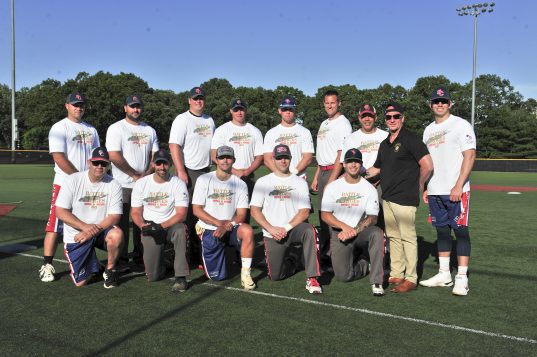


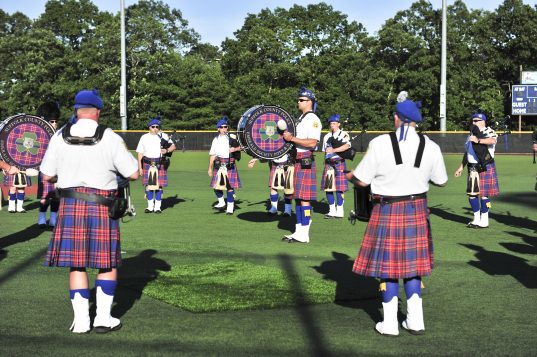



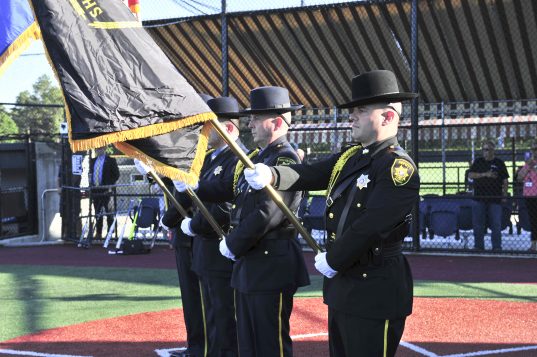
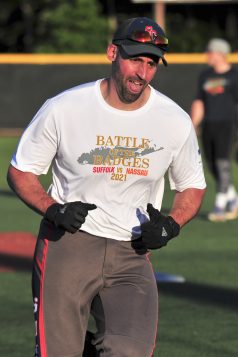






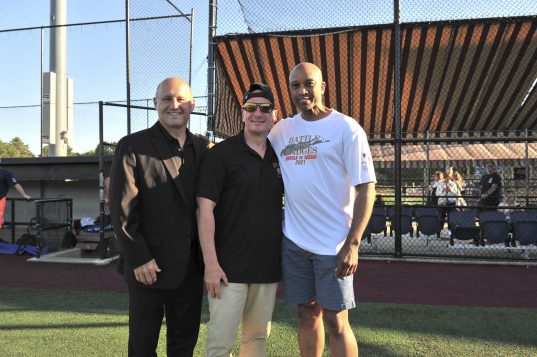
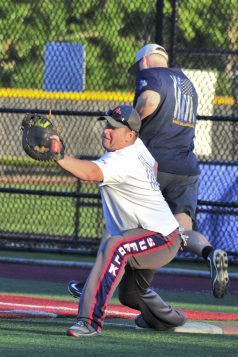
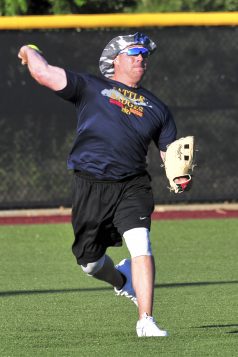
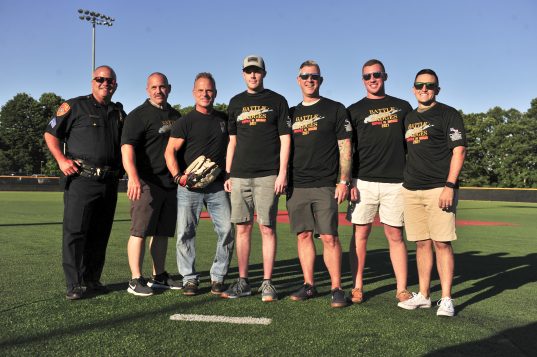
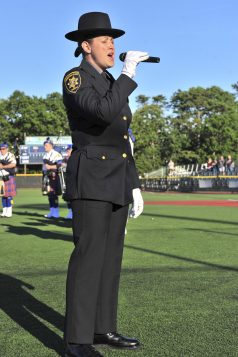



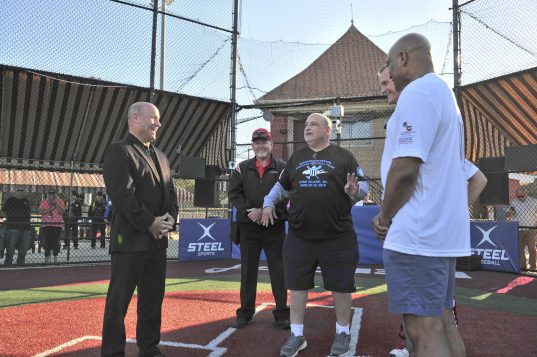
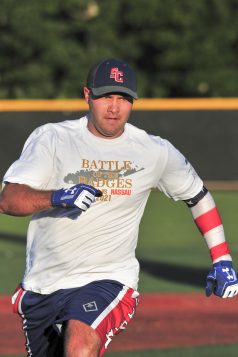






 The performance schedule from June 25 to July 4 is as follows:
The performance schedule from June 25 to July 4 is as follows:





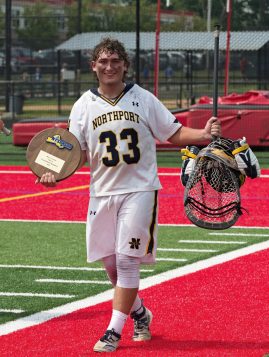



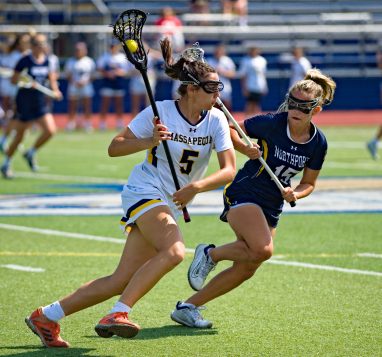



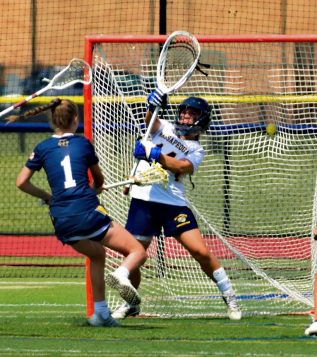
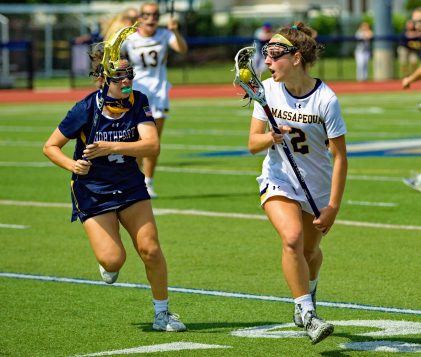

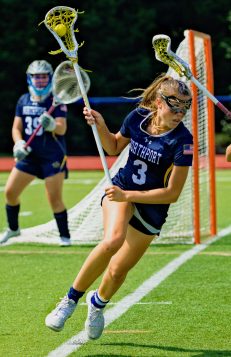
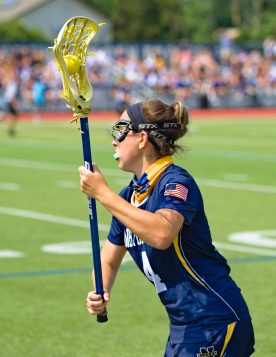
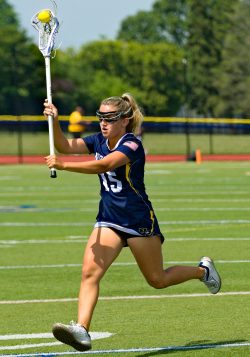

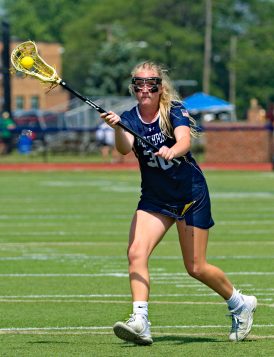



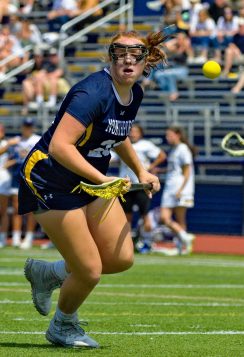


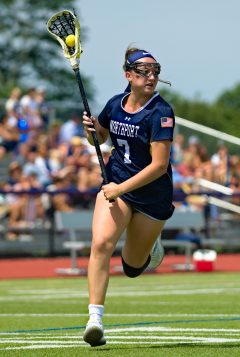

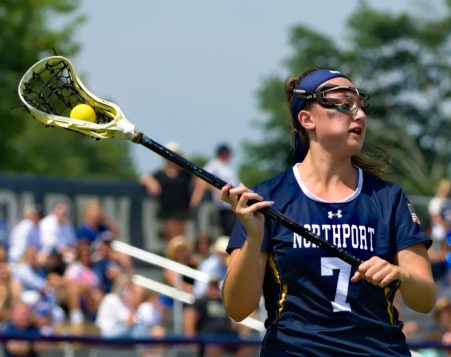

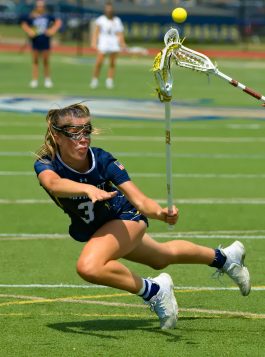
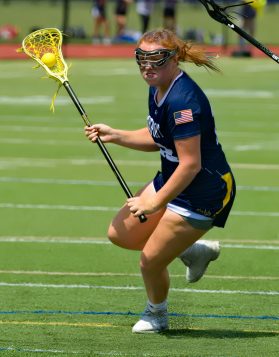
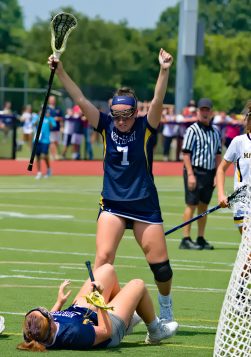
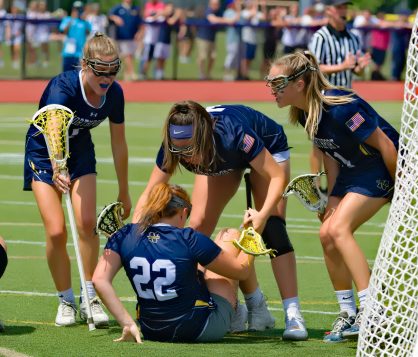


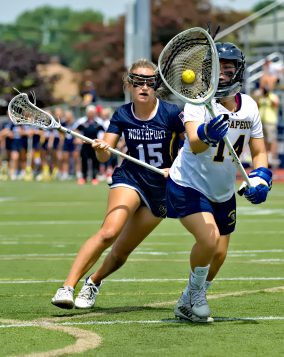
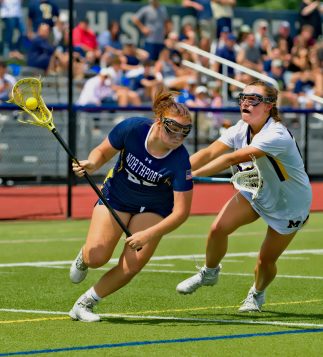
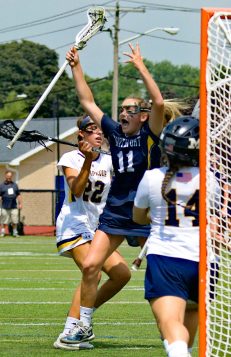

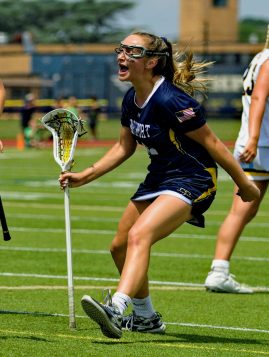

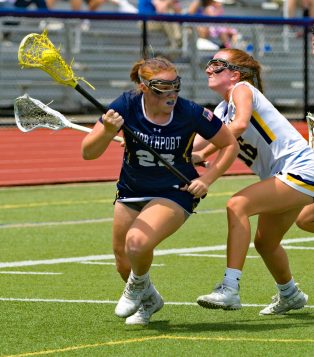
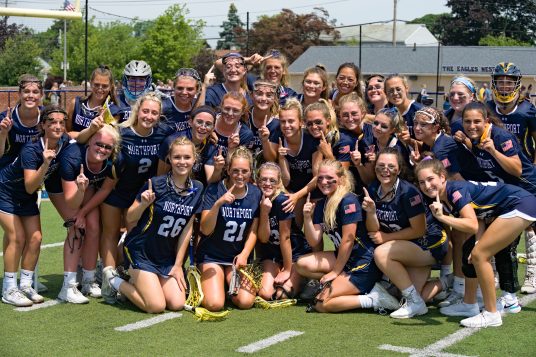
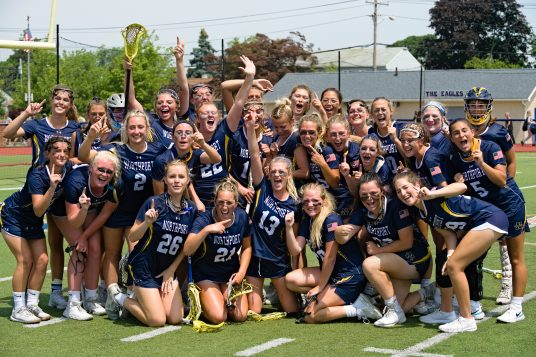

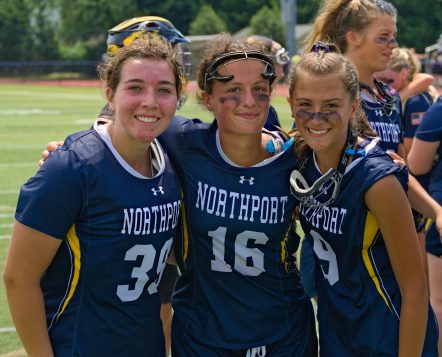
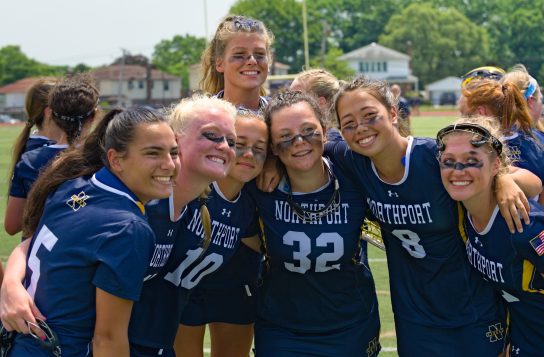
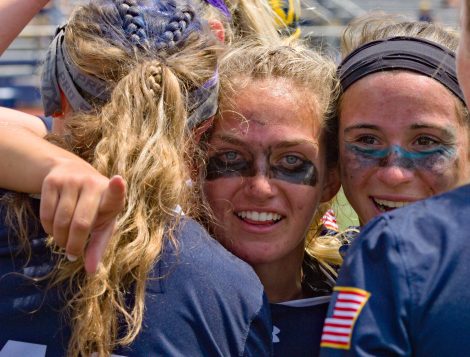

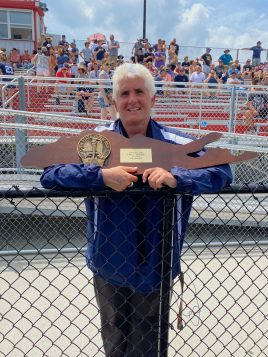
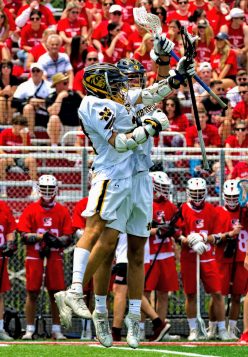

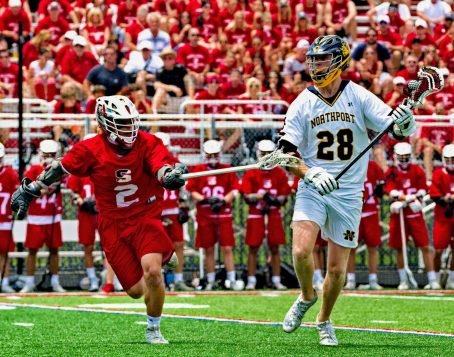
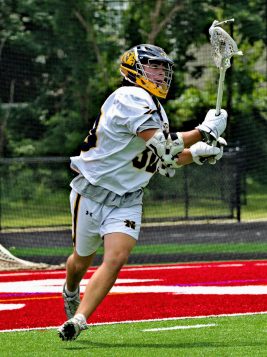
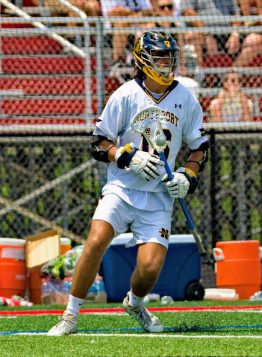
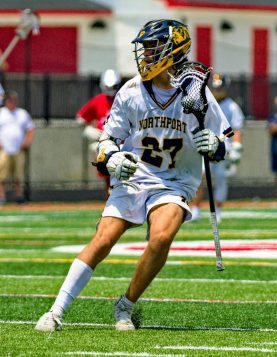
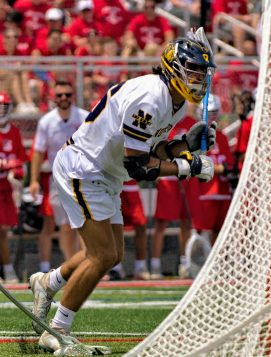


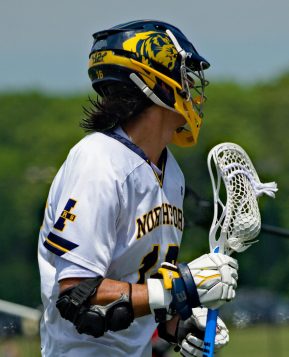
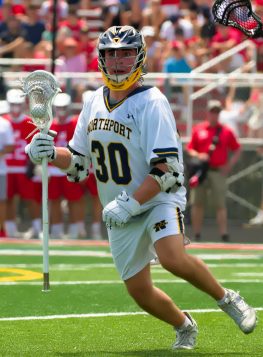

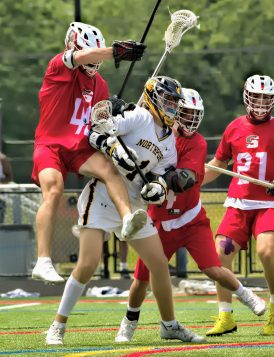


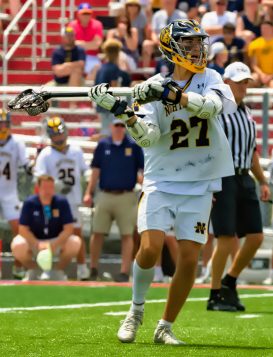
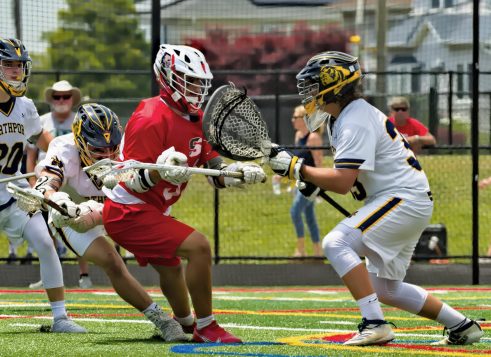
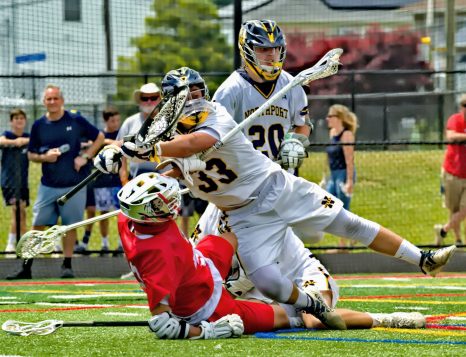





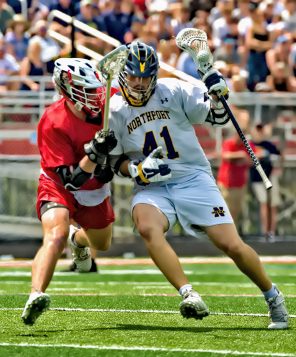
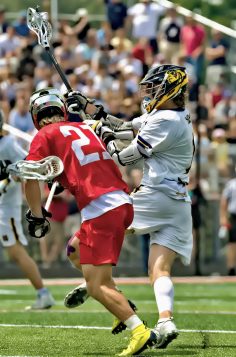











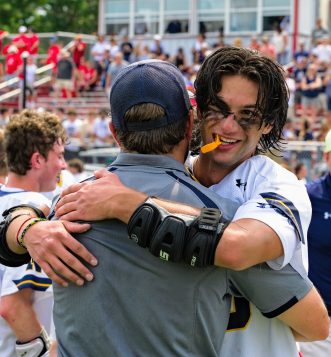




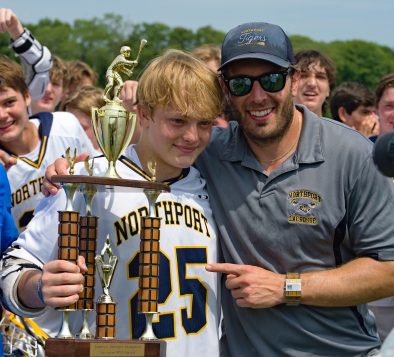







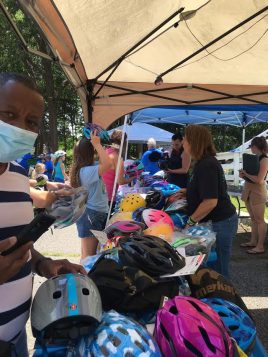
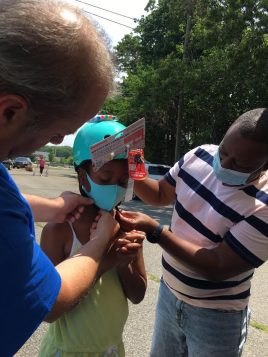




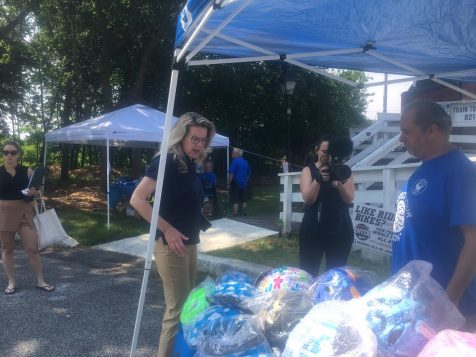

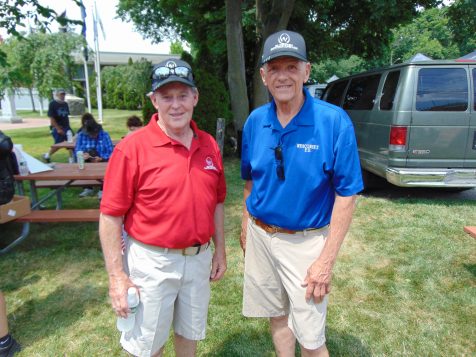












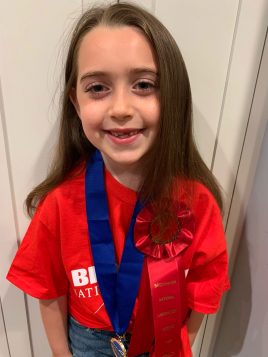



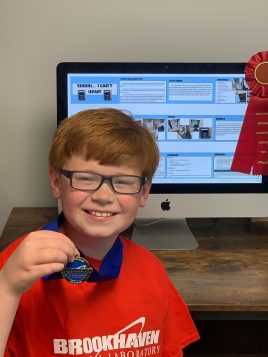
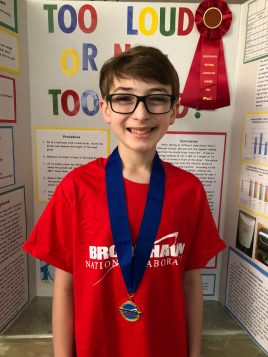





 A resident of Setauket, John Turner is conservation chair of the Four Harbors Audubon Society, author of “Exploring the Other Island: A Seasonal Nature Guide to Long Island” and president of Alula Birding & Natural History Tours.
A resident of Setauket, John Turner is conservation chair of the Four Harbors Audubon Society, author of “Exploring the Other Island: A Seasonal Nature Guide to Long Island” and president of Alula Birding & Natural History Tours.


